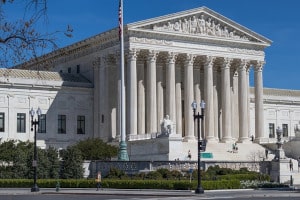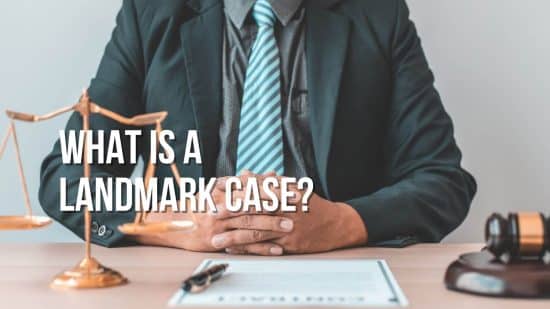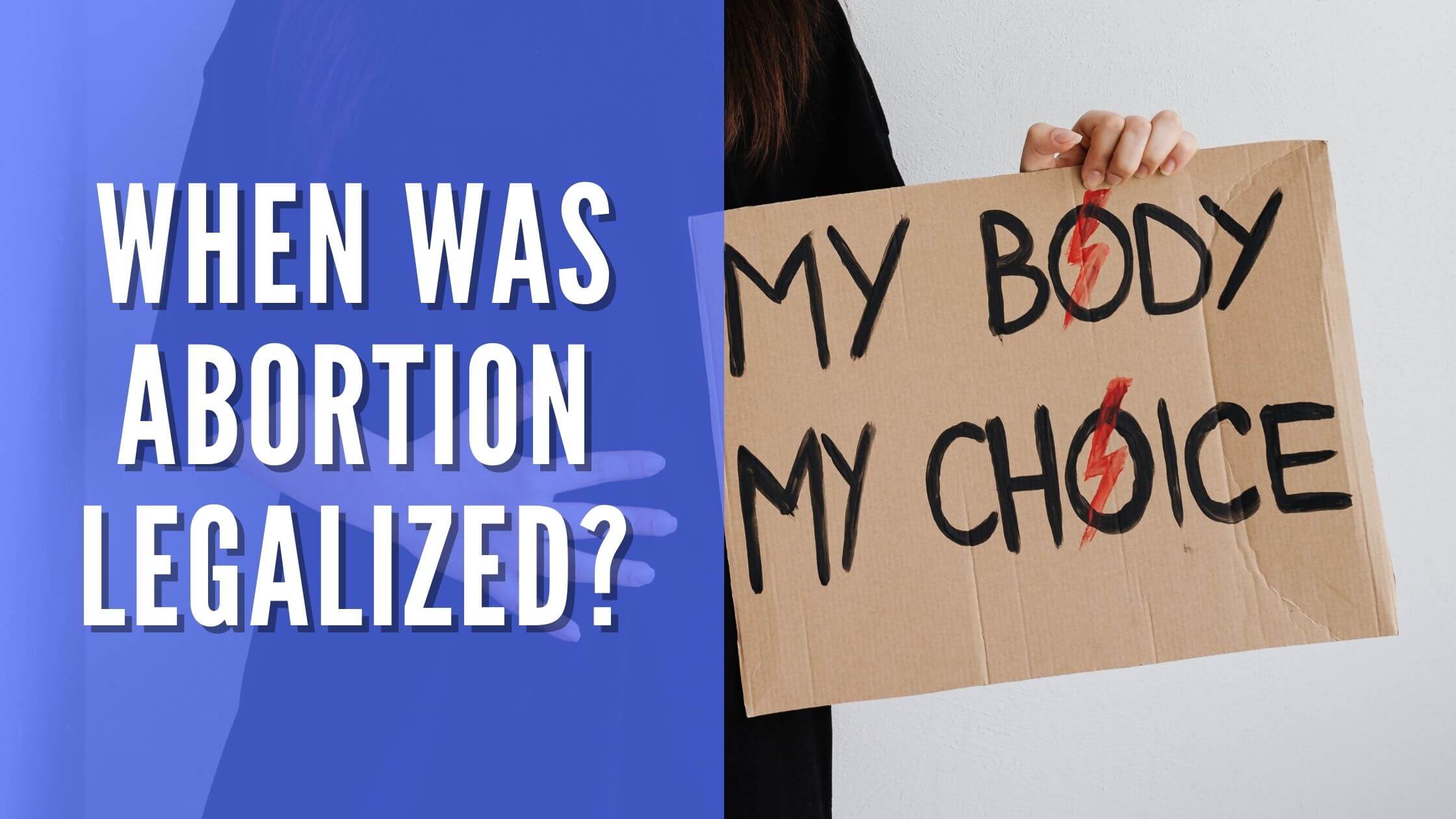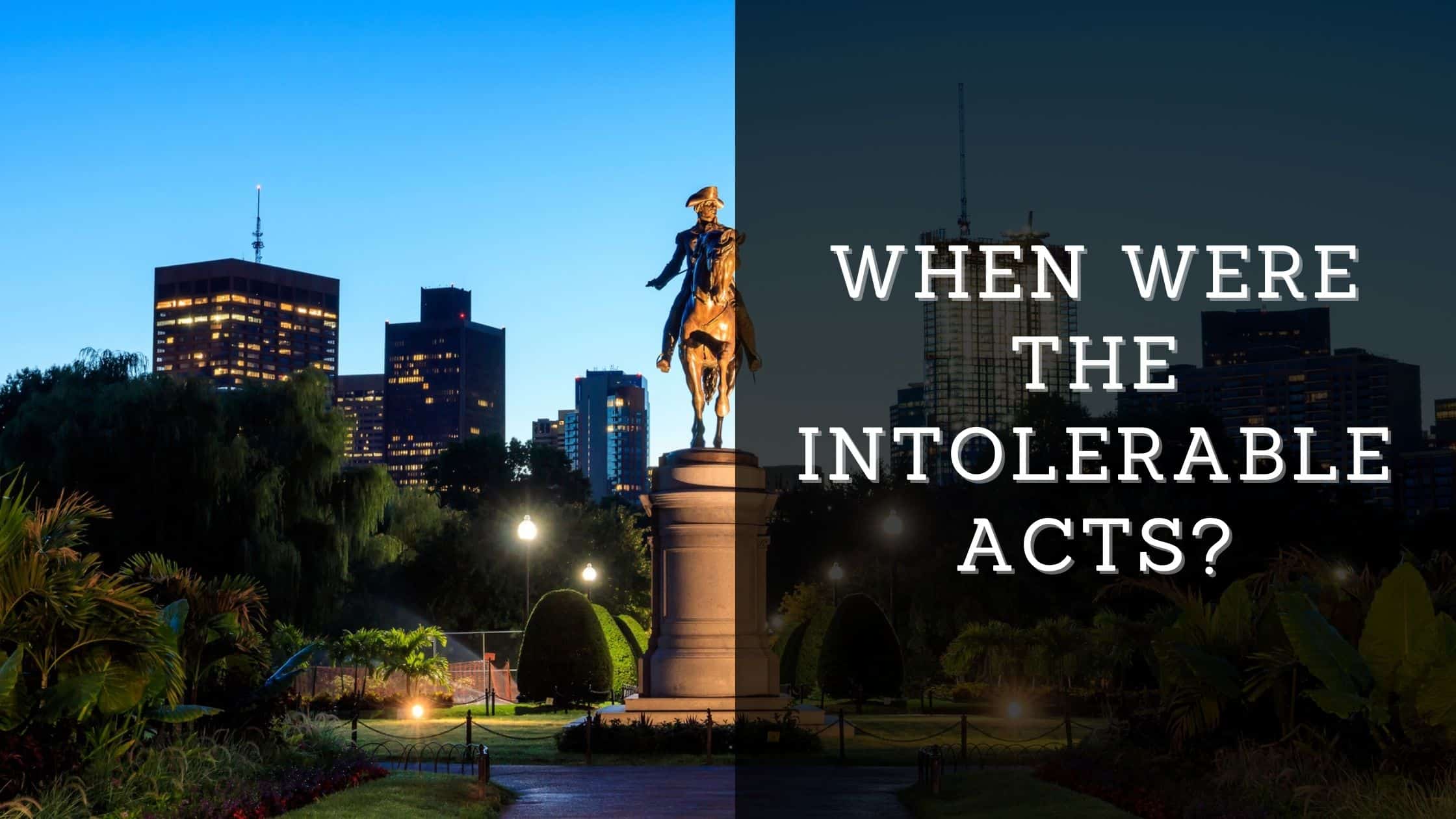Understanding the Concept of the Landmark Case
A landmark case is a Supreme Court case that creates precedents that produce new legal concepts or principles. A landmark case will significantly impact how existing laws can be interpreted.
The best way to describe a landmark case is that it will settle future legal concerns. The case will impact the public’s constitutional understanding of various laws, determining what is and is not legal.
Landmark cases help illustrate how the legal system and the general public’s understanding of the law have changed over the years. Such a case can help future Supreme Court sessions determine how the country moves forward, especially when aiming to produce an ideal union.
One example of a landmark case is Miranda v. Arizona (1966), a case that states a police officer must inform a criminal suspect who is in police custody of their rights under the Constitution. Another instance is Kennedy v. Louisiana (2008), which declares the death penalty unconstitutional in cases that don’t involve homicide or crimes against the state. The rulings in these cases could be utilized in all states.
What Can a Landmark Case Do for the Law?
A landmark case can settle the law in many forms. The most common impact of a landmark case involves the creation of a new legal principle that could revise or completely redefine an already existing principle. The new case will produce a precedent that helps dictate how future court cases are determined while explaining how the law may change.

The landmark case allows the court to depart from older practices, but it will not result in the violation of any precedents. The existing precedents will be altered for future cases.
For example, the 1920 case Silverthorne Lumber Co. v. United States dictated that evidence in a case that was illegally produced and obtained cannot be used in a trial. The landmark case has produced the “fruit of the poisonous tree” legal metaphor that states any decision made with tainted evidence or data would be tainted itself. The case means that all evidence used must be content that was constitutionally and legally gathered for future legal actions.
Overturning Older Precedents
Sometimes a landmark case will overturn an older precedent because the original precedent is interpreted as producing negative results that could harm people or otherwise contradict various legal concepts. In other cases, there might be a flaw in the reasoning used for an older precedent, and a landmark case will help resolve that issue and create a more perfect interpretation of the law.
An example of this appears in the 1954 case Brown vs. Board of Education. The case overturned the precedent established in the 1896 case Plessy v. Ferguson.
The Brown ruling dictated that segregated schools are unconstitutional, as they violate the Equal Protection Clause found in the Fourteenth Amendment. The case found that the Plessy precedent of “separate but equal” is flawed and doesn’t have a place in the public education field.
Creating a Test
The case can also produce what is considered a “test.” The test is a standard that can dictate future court cases. The Supreme Court justices may review a present case and determine if it meets the standards listed in a prior landmark case.
The 1992 case Lujan v. Defenders of Wildlife exemplifies how a leading case can produce a future test. The Lujan case produced a three-part test to determine if a party has the right to sue another for damages. The case suggests that if the plaintiff suffered an “injury in fact” and that there’s a causal connection between that injury and the conduct brought before the court, the plaintiff can sue.
A Landmark Case Becomes a Leading Case
A landmark case may also become a leading case that settles a specific point of law. It helps guide justices in dictating certain legal decisions.
Marbury v. Madison (1803) is one of the most famous leading cases in United States Supreme Court history. The Marbury decision states that Congress cannot pass any laws that the United States Constitution doesn’t permit.
What Aspects of Life Can Landmark Cases Impact?
Landmark cases can influence many parts of society and daily life. Many landmark cases focus on individual rights, from discrimination to citizenship. For example, Bostock v. Clayton County (2020) says that employees are protected against discrimination due to their gender identity or sexual orientation.

Other landmark cases focus on criminal law. Ford v. Wainwright (1986) states that any defendant who could be executed has the right to undergo a competency evaluation before the execution, making it where that person could potentially avoid being executed.
Some of these cases can even impact how various parts of the government operate. United States v. Nixon (1974) says that while the President does hold executive privilege and can privately communicate with others within the executive branch while resisting subpoenas, the President cannot use that right to withhold evidence in criminal cases.
Does the Supreme Court Always Produce Landmark Cases?
While the Supreme Court is responsible for many landmark cases, United States courts of appeals can also make some of these decisions. The Supreme Court may decline to review a case or allow a decision in the court of appeals to be upheld.
State supreme courts can also establish landmark cases that can impact the laws in their respective states. But those state laws usually aren’t as impactful as anything the federal Supreme Court can dictate. Some other states may still be influenced by these state supreme court decisions to where they can create new laws based on whatever standards appear in those landmark cases.

Get Smarter on US News, History, and the Constitution
Join the thousands of fellow patriots who rely on our 5-minute newsletter to stay informed on the key events and trends that shaped our nation's past and continue to shape its present.
Can a Landmark Case Overturn Another Landmark Case?
There is always the potential for one landmark case to be overturned by a future landmark case. An example of this came from the 1952 case Joseph Burstyn, Inc. v. Wilson. The case dictates that the First Amendment can protect motion pictures because they provide artistic expression, overturning the 1915 court case Mutual Film Corp. v. Industrial Commission of Ohio said motion pictures aren’t protected because they’re business activities.




